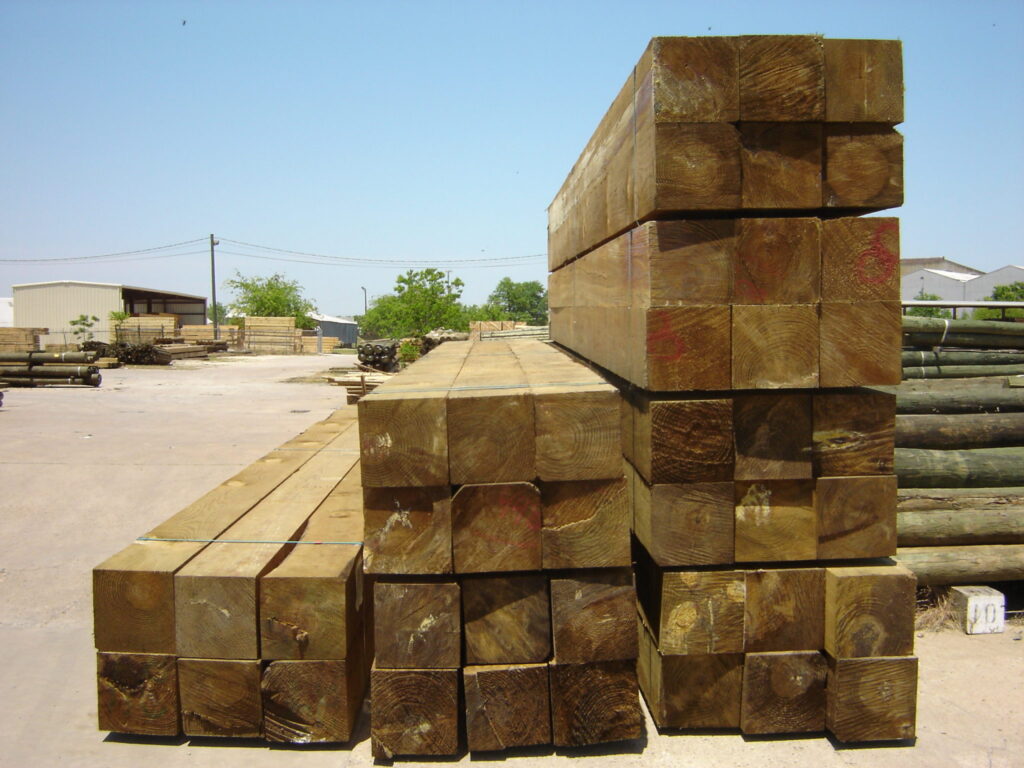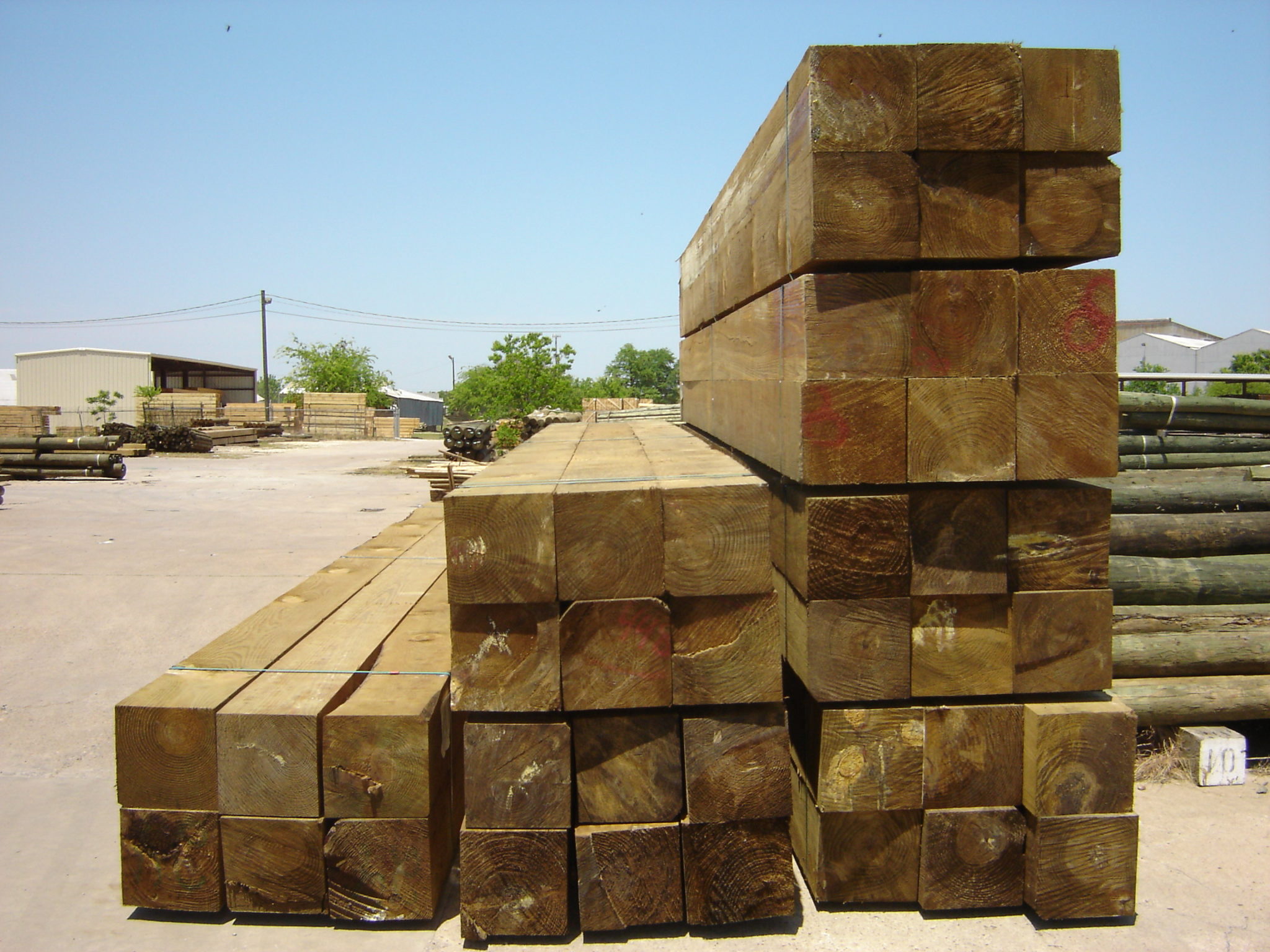
Introduction to Landscape Timbers
Landscape timbers are a versatile and cost-effective option for a wide range of outdoor projects. From creating raised garden beds to building retaining walls and defining pathways, these sturdy wooden planks offer a natural and aesthetically pleasing solution for your landscaping needs. Home Depot stands out as a primary destination for purchasing landscape timbers, offering a variety of options to suit different project requirements and budgets.
This comprehensive guide delves into everything you need to know about landscape timbers available at Home Depot. We’ll cover the types of timbers, their uses, installation techniques, maintenance tips, and how to choose the right timbers for your specific project. Whether you’re a seasoned DIY enthusiast or a beginner looking to enhance your outdoor space, this guide will provide valuable insights and practical advice.
Why Choose Landscape Timbers?
Landscape timbers offer several advantages over other landscaping materials like concrete blocks or metal edging. Here’s a breakdown of the key benefits:
- Cost-Effectiveness: Landscape timbers are generally more affordable than other materials, making them a budget-friendly option for large-scale projects.
- Natural Appearance: The natural wood grain and texture of landscape timbers blend seamlessly with the outdoor environment, creating a more organic and visually appealing look.
- Ease of Installation: Compared to concrete or stone, landscape timbers are relatively easy to cut, handle, and install, even for novice DIYers.
- Versatility: Landscape timbers can be used for a variety of projects, including raised garden beds, retaining walls, edging, steps, and more.
- Durability: When properly treated and maintained, landscape timbers can withstand the elements and last for many years.
Landscape Timbers at Home Depot: What to Expect
Home Depot offers a range of landscape timbers to cater to diverse needs. Here’s an overview of what you can typically find:
Types of Landscape Timbers
- Treated Pine: This is the most common type of landscape timber. Treated pine is pressure-treated with chemicals to resist rot, decay, and insect infestation. It’s a durable and affordable option for most outdoor projects.
- Untreated Wood: While less common, Home Depot may offer untreated wood options, often cedar or redwood. These woods are naturally resistant to decay and insects, but they are more expensive than treated pine.
- Composite Landscape Timbers: These are made from recycled plastic and wood fibers. They offer excellent durability and resistance to moisture and insects, making them a long-lasting alternative to traditional wood timbers. However, they tend to be more expensive.
Sizes and Dimensions
Landscape timbers are typically available in standard sizes, such as 6×6 inches or 4×4 inches, and lengths ranging from 8 to 12 feet. The specific dimensions may vary depending on the supplier and the type of wood.
Pricing
The price of landscape timbers at Home Depot depends on the type of wood, size, and length. Treated pine is generally the most affordable option, while cedar, redwood, and composite timbers are more expensive. It’s always a good idea to compare prices online and in-store to find the best deal.
Choosing the Right Landscape Timbers for Your Project
Selecting the appropriate landscape timbers is crucial for the success and longevity of your project. Consider the following factors when making your decision:
Project Requirements
The type of project you’re undertaking will significantly influence your choice of landscape timbers. For instance, a retaining wall will require sturdier and more durable timbers than a simple garden bed edging.
Soil Conditions
If your soil is particularly acidic or prone to moisture, choose timbers that are highly resistant to rot and decay. Treated pine is a good option in most cases, but composite timbers may be a better choice for extremely wet or acidic environments.
Aesthetic Preferences
Consider the overall aesthetic you’re trying to achieve. If you prefer a natural and rustic look, choose timbers with a pronounced wood grain. If you want a more modern and uniform appearance, composite timbers may be a better fit.
Budget
Set a budget for your project and choose landscape timbers that fit within your financial constraints. Treated pine is generally the most affordable option, while cedar, redwood, and composite timbers are more expensive.
Installation Techniques for Landscape Timbers
Proper installation is essential for ensuring the stability and longevity of your landscape timber project. Here are some general guidelines:
Preparing the Site
Before you begin, clear the site of any vegetation, rocks, and debris. Level the ground and compact the soil to provide a solid foundation for your timbers.
Cutting and Shaping
Use a circular saw or handsaw to cut the timbers to the desired length. You may also need to shape the ends of the timbers to create smooth joints or curves.
Securing the Timbers
There are several ways to secure landscape timbers together, including:
- Spikes: Landscape timber spikes are long, heavy-duty nails that are driven through the timbers to hold them together.
- Screws: Exterior-grade screws can also be used to secure timbers, especially for smaller projects.
- Construction Adhesive: Construction adhesive can be used to bond timbers together, providing added stability.
Building Retaining Walls
When building retaining walls, it’s crucial to stagger the joints between layers of timbers to create a stronger and more stable structure. Backfill the wall with gravel to improve drainage and prevent water buildup.
Creating Raised Garden Beds
For raised garden beds, simply stack the timbers to the desired height and secure them together with spikes or screws. Line the inside of the bed with plastic sheeting to prevent the soil from coming into direct contact with the wood.
Maintaining Your Landscape Timbers
Regular maintenance is essential for prolonging the life of your landscape timbers. Here are some tips:
Cleaning
Clean the timbers regularly with a brush and soapy water to remove dirt, debris, and algae. Avoid using harsh chemicals or abrasive cleaners, as they can damage the wood.
Sealing and Staining
Apply a sealant or stain to the timbers every few years to protect them from moisture and UV damage. Choose a product that is specifically designed for outdoor use.
Inspecting for Damage
Regularly inspect the timbers for signs of rot, decay, or insect infestation. Replace any damaged timbers promptly to prevent further deterioration.
Preventing Weed Growth
Keep the area around the timbers free of weeds and grass to prevent moisture buildup and promote air circulation. Apply a layer of mulch or gravel to suppress weed growth.
Specific Project Ideas Using Landscape Timbers from Home Depot
Building a Raised Garden Bed
Landscape timbers are perfect for creating raised garden beds. They are easy to assemble and provide excellent drainage. Home Depot offers all the materials you need, including the timbers, soil, and plants.
Constructing a Retaining Wall
Small retaining walls can be easily built using landscape timbers. Home Depot carries a variety of timber sizes and lengths, allowing you to customize your wall to fit your specific needs. Remember to ensure proper drainage behind the wall.
Creating a Pathway or Edging
Use landscape timbers to define pathways or create edging around flower beds. This adds a clean and organized look to your landscaping while preventing soil erosion.
Building Outdoor Steps
For sloped areas, landscape timbers can be used to build sturdy and attractive outdoor steps. This is a cost-effective way to improve accessibility and enhance the aesthetic appeal of your yard.
Troubleshooting Common Problems
Rot and Decay
If you notice rot or decay, remove the affected timbers immediately and replace them with new ones. Ensure proper drainage to prevent future problems.
Insect Infestation
If you suspect an insect infestation, treat the timbers with an appropriate insecticide. Home Depot carries a variety of pest control products.
Warping and Cracking
Some warping and cracking is normal in wood, but excessive warping can compromise the structural integrity of your project. Consider using composite timbers for projects where warping is a concern.
Comparing Landscape Timbers to Alternatives
While landscape timbers are a great option, it’s important to consider alternatives depending on your specific needs and budget.
Concrete Blocks
Concrete blocks are more durable than wood but can be more expensive and difficult to install. They are a good choice for large retaining walls.
Natural Stone
Natural stone offers a beautiful and long-lasting option but is the most expensive choice. It requires professional installation.
Metal Edging
Metal edging is ideal for creating clean and modern lines in your garden but lacks the natural aesthetic of wood.
Tips for Saving Money on Landscape Timbers at Home Depot
Buy in Bulk
If you’re undertaking a large project, consider buying landscape timbers in bulk to save money.
Check for Sales and Promotions
Home Depot often runs sales and promotions on landscaping materials, so keep an eye out for deals.
Consider Using Shorter Lengths
Using shorter lengths of timbers can reduce waste and save money.
Conclusion: Enhancing Your Landscape with Home Depot’s Timbers
Landscape timbers from Home Depot provide a versatile, cost-effective, and aesthetically pleasing solution for a wide range of outdoor projects. By understanding the different types of timbers, installation techniques, and maintenance tips, you can create a beautiful and functional landscape that will last for years to come. Whether you’re building a raised garden bed, constructing a retaining wall, or simply defining pathways, landscape timbers offer a natural and durable way to enhance your outdoor space. Always remember to plan your project carefully, choose the right materials, and follow proper installation techniques for the best results.

